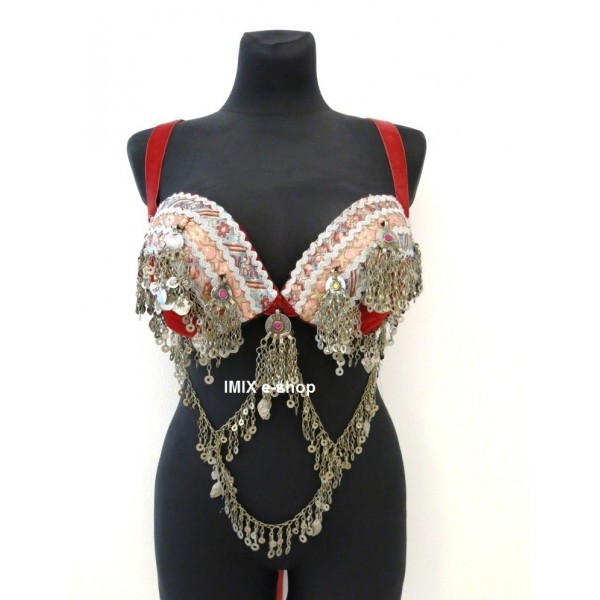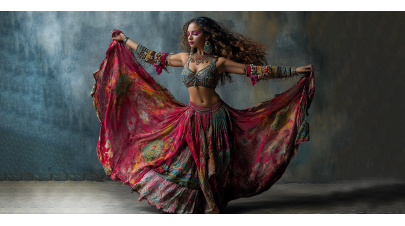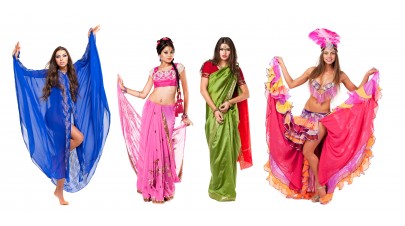Origin of oriental dances
Oriental belly dancing, also known as "raqs sharqi" in Arabic, has a rich history that dates back thousands of years. Their origin and evolution are intertwined with the cultural and historical development of the Middle East, North Africa and other parts of the world. This form of dance carries not only artistic value, but also served as a means of communication, ritual and self-knowledge.
Historical roots
The roots of belly dancing can be traced back to the ancient civilizations of Mesopotamia, Egypt and Greece. In ancient Egypt, dances similar to belly dancing were used in religious rituals and fertility celebrations. Sculptures and frescoes from this period often depict female dancers in dynamic movement, suggesting that dance was an integral part of the culture and spiritual life of the ancient Egyptians.
Development of dance
Over the centuries, belly dancing has undergone many changes and reshaped itself depending on social and political conditions. During the Ottoman Empire period, belly dancing spread throughout the Middle East and became a popular form of entertainment at courts and at festivals. Dancers, often known as "ghawazee" in Egypt or "zorba" in Turkey, were highly regarded for their artistry and ability to captivate an audience.
Cultural influences and modernization
In the 20th century, belly dancing made its way to Europe and America, where it became popular due to its exotic appeal and visual appeal. Thanks to cultural exchange and globalization, belly dance began to combine with other dance styles, which led to the emergence of modern variants such as tribal fusion or oriental ballet.
Today, belly dancing is not only a form of art, but also a means of fitness and self-discovery. Dance schools around the world offer belly dance classes that promote fitness, flexibility and confidence. For many, it is a way to connect with an ancient tradition and express their unique femininity and strength.
Conclusion
Oriental belly dancing is a fascinating example of how cultural forms evolve and adapt to changing times and societies. Although its roots lie deep in history, its ability to reach the hearts and minds of people remains unchanged. A celebration of femininity, creativity and life, this dance continues to attract new generations of dancers and audiences around the world.


















